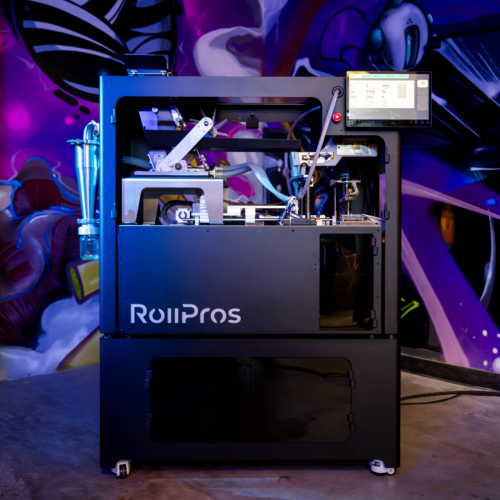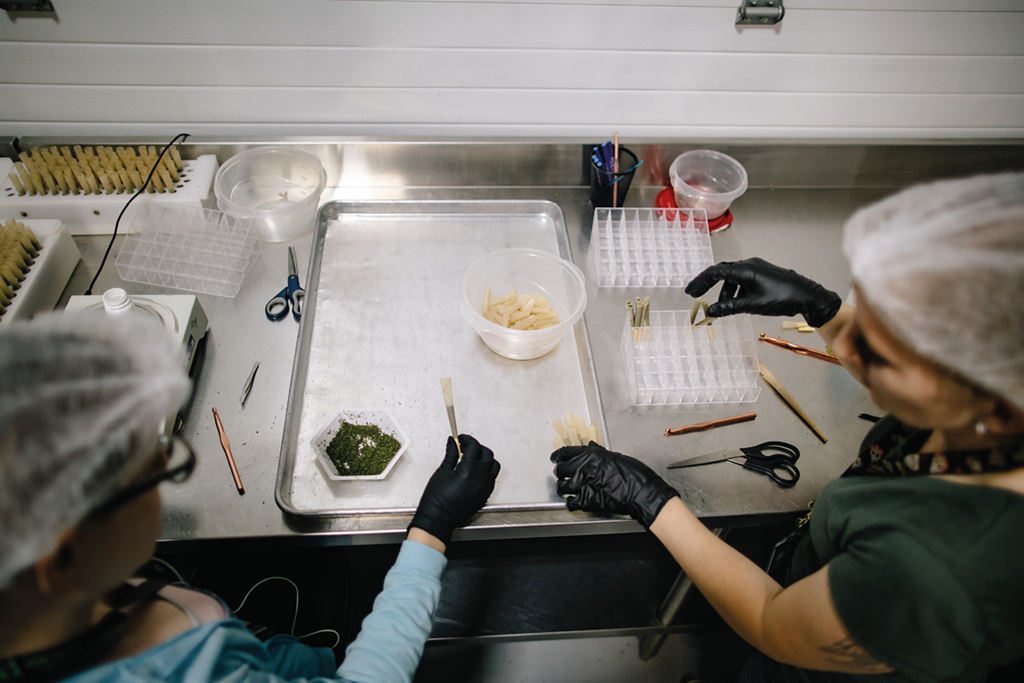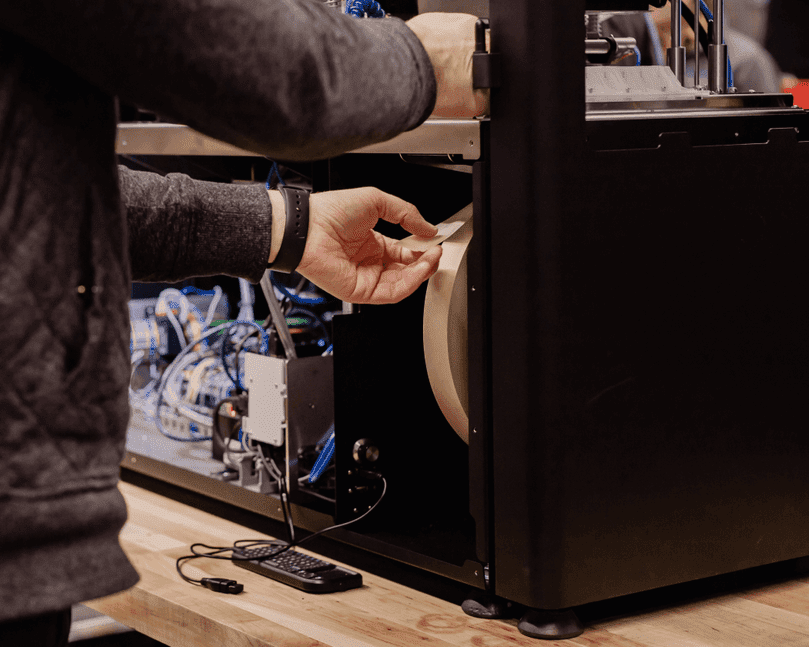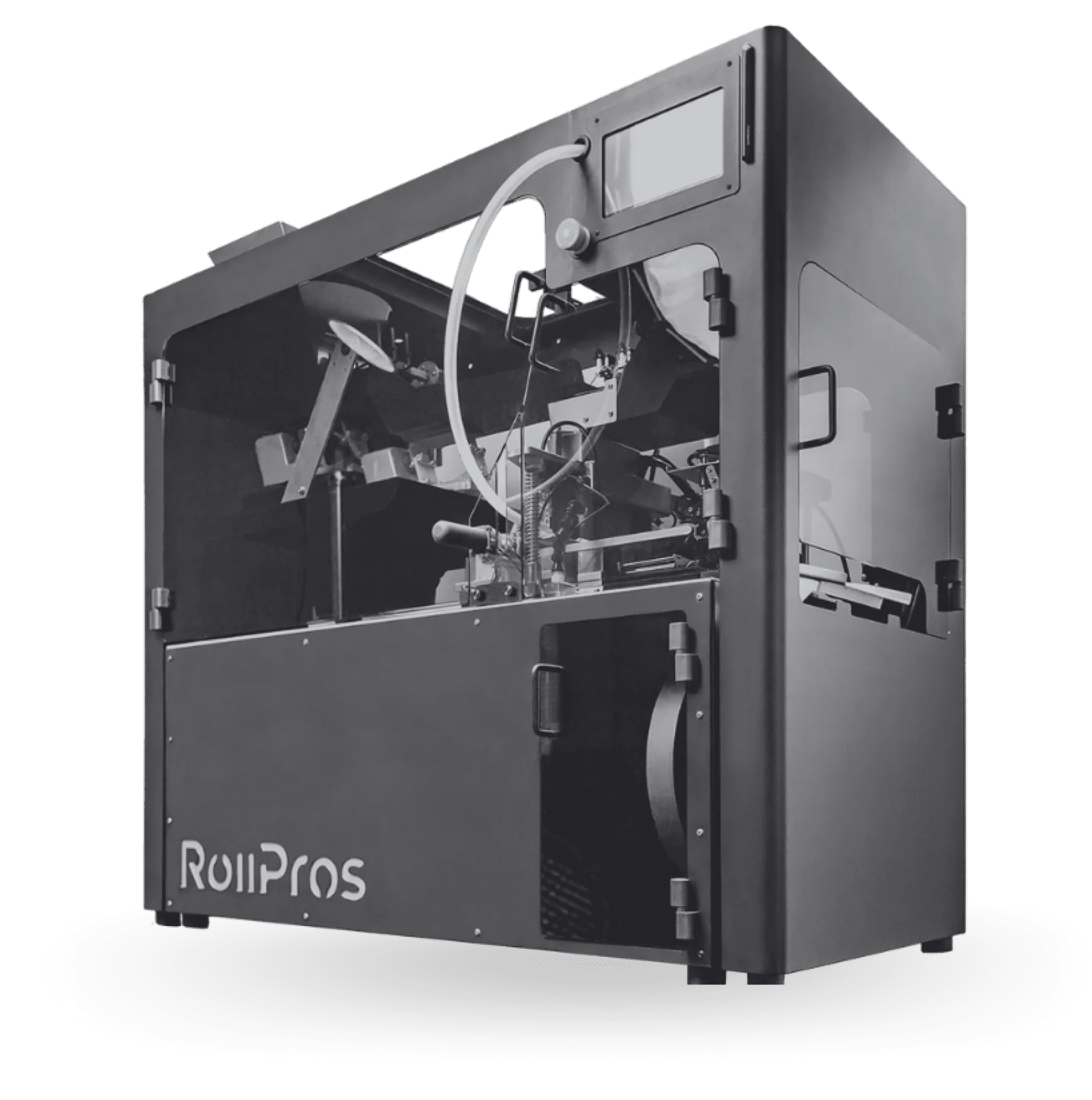In pre-roll production, consistency is the name of the game. Customers expect the same smooth, even-burning joint every time, from the first purchase to the tenth. Needless to say, when things go wrong, your brand takes the hit.
The solution? Duh, it’s quality control – also, take a hint from the name of this article. Quality control is what keeps everything on track. Without it, you risk losing time, money, customers, and at the end of the day, your business.












